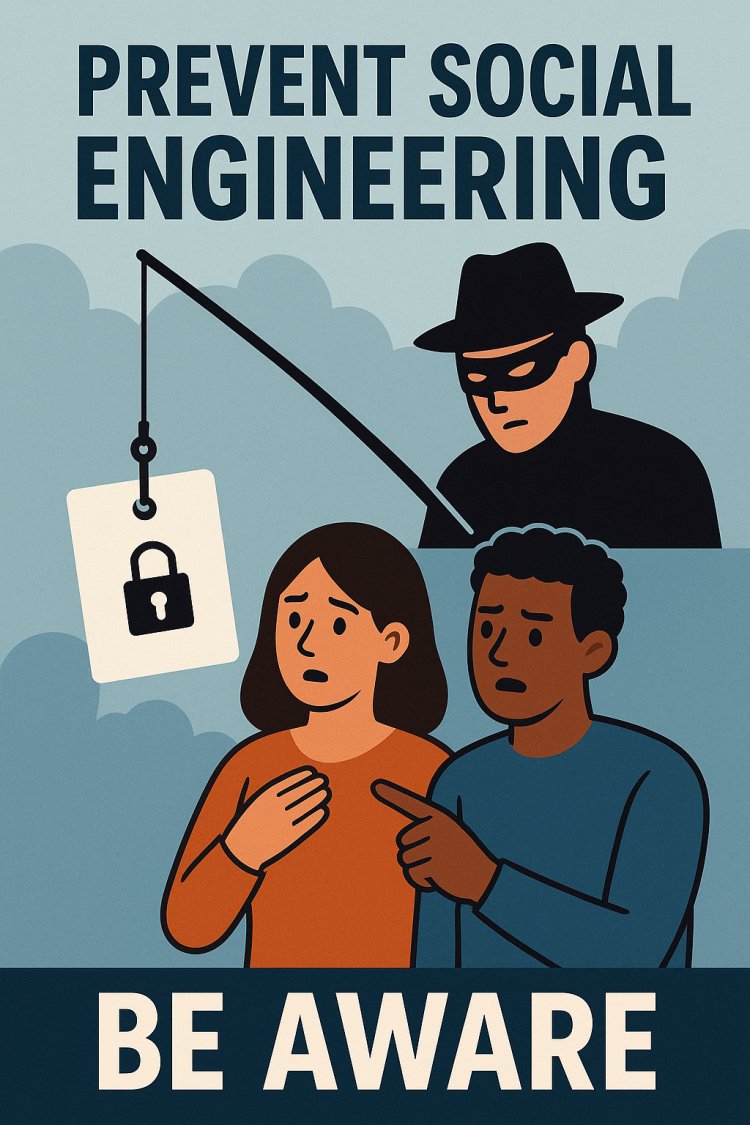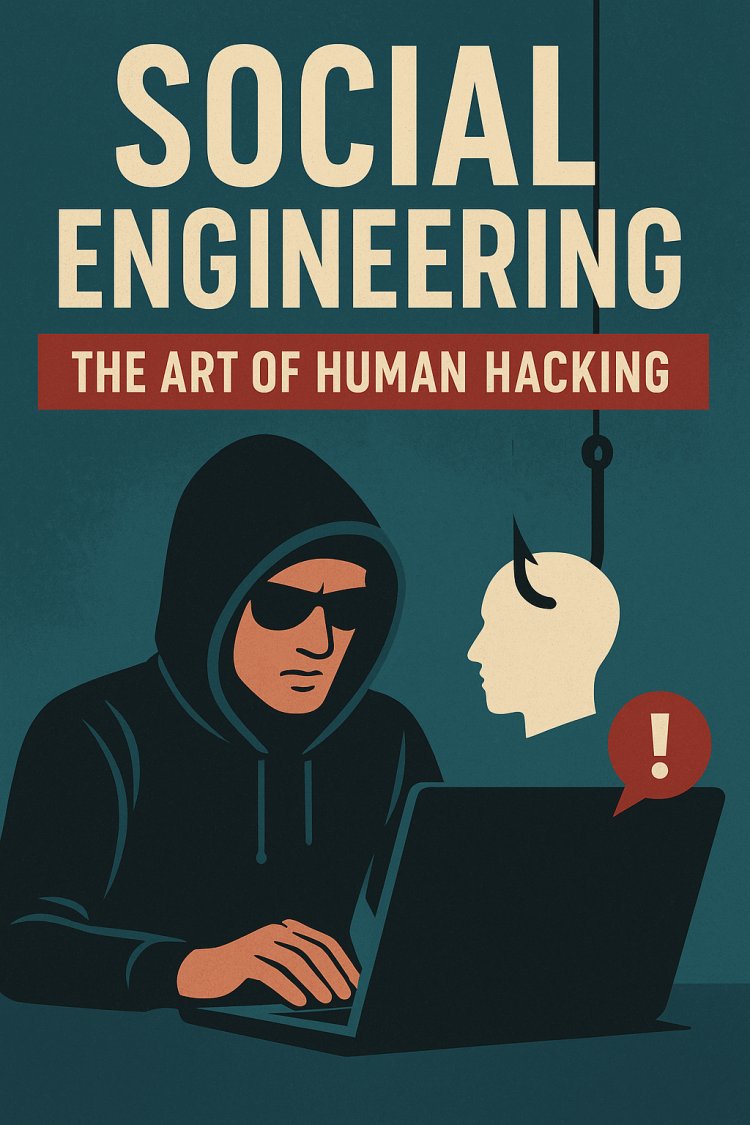Social Engineering: The Art of Human Hacking
Social engineering tricks people into giving away sensitive info by playing on emotions like fear or trust. Common scams include fake bank messages, phone calls asking for OTPs, tech support frauds, and online romance or job scams. These attacks don’t need hacking skills but exploit human trust, making them hard to detect. Always verify sources, never share OTPs, think before acting, and report suspicious activities to stay safe.
What is Social Engineering?
Social engineering is a trick used by cybercriminals to manipulate people into giving away confidential information or performing actions that may seem harmless — but actually give attackers access to systems, data, or money.
Instead of hacking computers, they hack people’s trust.
How Does It Work?
Cybercriminals use psychological manipulation — they play with your emotions (like fear, urgency, curiosity, greed, or trust) to make you:
- Click on a malicious link
- Share your OTP, password, or bank details
- Download a fake file or app
- Give remote access to your phone or computer
Common Types of Social Engineering (with Examples):
-
Phishing
Definition: Fake emails or websites that look real.
Example:You get an email saying:
“Your bank account has been blocked. Click here to verify.”
You click the link, enter your details, and boom—your bank account is compromised.
-
Vishing (Voice Phishing)
Definition: Fraud through phone calls.
Example:Someone calls saying:
“I’m calling from SBI. We detected suspicious activity. Please tell your OTP.”
Reality: It’s a scammer. They use your OTP to steal money.
-
Smishing (SMS Phishing)
Definition: Fake messages to trick you.
Example:You receive an SMS:
“You’ve won ₹50,000. Click the link to claim.”
You click it, and malware is installed, or your data is stolen.
-
Pretexting
Definition: Creating a fake story or identity to steal data.
Example:A hacker contacts you on WhatsApp saying:
“I’m from the Cyber Cell, investigating a hacking case. We need your device access temporarily.”
You grant access. Your data gets stolen. -
Baiting
Definition: Luring victims with tempting content—often infected.
Example:You find a USB labeled:
“Cyber Crime Surveillance Footage – Confidential”
Curious, you plug it in. Malware activates and steals your files. - Quid Pro Quo (Give & Take Fraud)
What it means: Scammer offers help to steal info.
Example:You get a call:
“We’re giving free antivirus from Cyber Safety Week. Just share your password so we can install.”
You trust them—they hack your system.
Why Is Social Engineering So Dangerous?
- No need for coding or hacking
- Hard to detect – comes from humans, not viruses
- Exploits trust – the weakest link is always people, not machines
How to Prevent Social Engineering Attacks
1. Never Share Personal Info on Calls, SMS, or Emails
- Banks will never ask for your OTP, CVV, or password.
2. Don’t Click on Suspicious Links or Attachments
- Check the email sender carefully.
- Hover over links to see the real URL.
3. Verify the Source
- Got a call from a “bank”? Hang up and call the bank directly.
4. Use Strong Passwords + 2FA (Two-Factor Authentication)
- Add an extra layer of security to your accounts.
5. Update Software Regularly
- Security updates fix known vulnerabilities.
6. Train Yourself & Your Team
- Awareness is the best defense.
- Practice spotting phishing emails.
Reporting Cybercrime in India:
If you fall victim to a cybercrime:
National Cyber Crime Reporting Portal: cybercrime.gov.in
Cyber Crime Helpline: Dial 1930 for immediate assistance.
Conculsion:
Social engineering tricks people, not computers, to steal information or money. It uses emotions like fear or trust to fool you. Always be careful with calls, messages, or emails asking for personal info. Don’t click on suspicious links or share passwords with anyone. Stay alert and protect yourself to keep your data safe.
Follow cyberdeepakyadav.com on
Facebook, Twitter, LinkedIn, Instagram, and YouTube
What's Your Reaction?
























